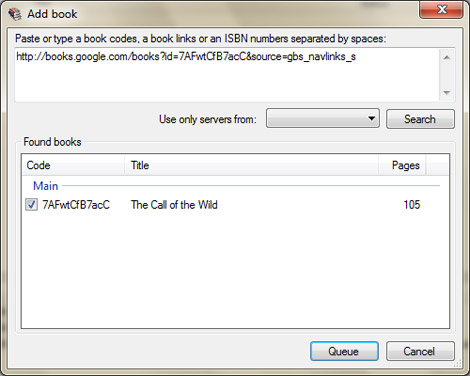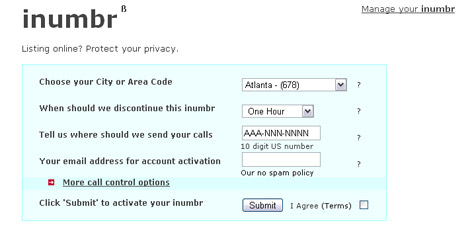
With most of us utilizing at least two monitors these days in our day to day operations, six monitors, while an awesome thought, might seem a little too excessive. After all, do we really have space for multiple video cards?
AMD has a new setup in their testing lab that is running six Dell 30inch displays at 7680×3200 through a video card holding six DisplayPort connectors.
Maximum PC has the scoop on the setup, and they say that this single GPU will be coming out on AMD’s DirectX 11 capable chips. Details are slim with the amount of video RAM, speeds and cost not known at present.
Think of the possibilities! Trade shows are one thing, but how about a video wall at home for gaming and movies? How would you use the six monitors shown above? Be sure to leave your ideas in the comments.
















